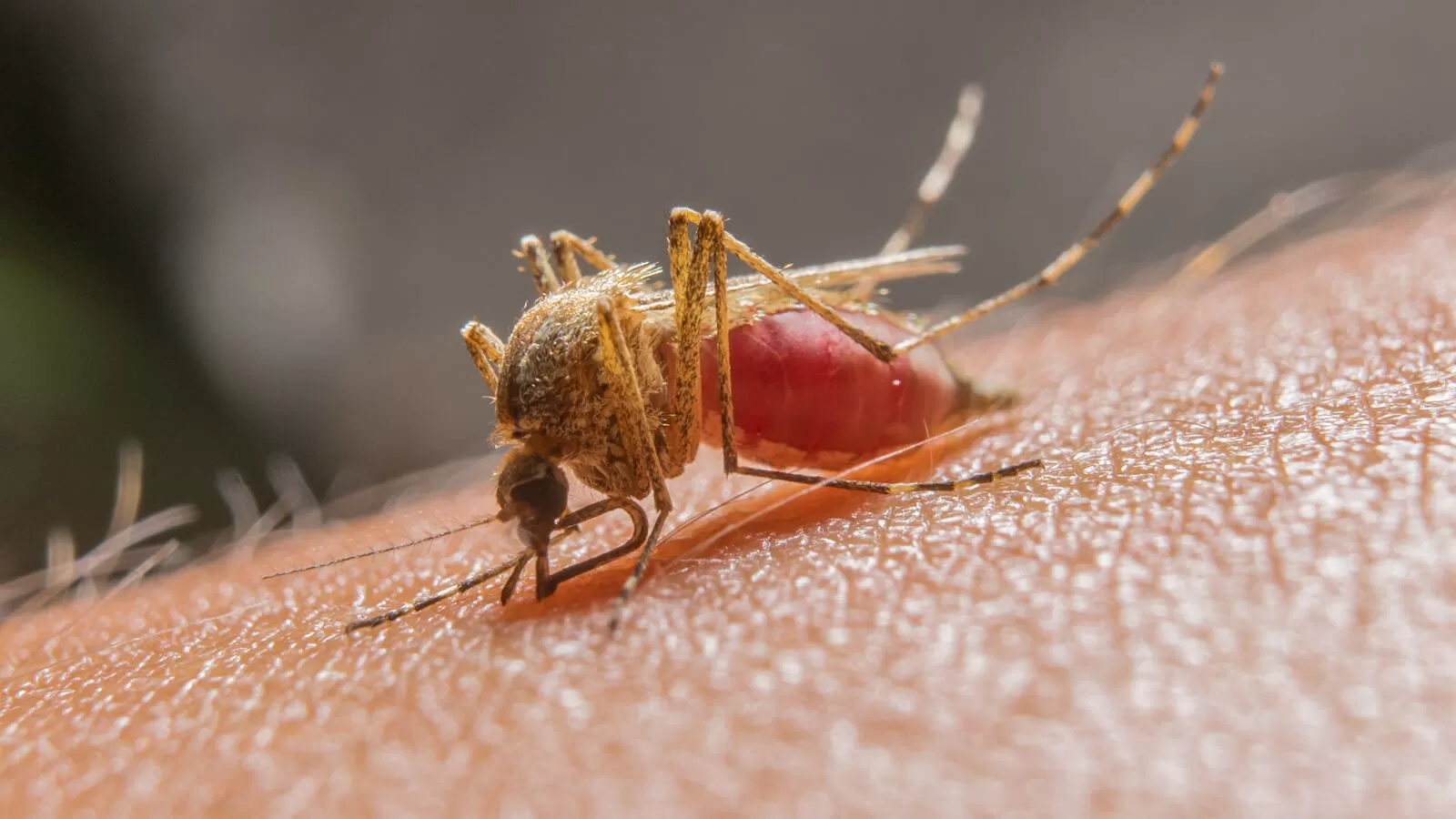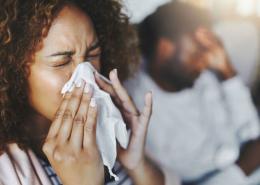6 Mosquito Diseases That Can Be Deadly

Mosquitoes won’t just ruin a cookout or leave angry red welts on your skin after a blood meal; the little buzzers might also transmit serious diseases.
Mosquitoes are "silent" feeders; their siphon-like mouthparts can quickly pierce human skin and feed on blood without causing any notice, says Patrick Kelly PhD, director of Global Epidemiology for Tick Borne Diseases for Pfizer. He calls it “highly efficient feeding that has been fine-tuned over millions of years.”
Mosquitos have taken advantage of this evolutionary benefit to maximize their disease-carrying capacity, Kelly says.
The U.S. Centers for Disease Control and Prevention calls mosquitoes the “world’s deadliest animal.”1 It’s a weighty moniker for an insect that weighs just 2.5 milligrams,2 but it’s well deserved because vector-borne diseases, including those transmitted by mosquitos, cause more than 700,000 deaths worldwide every year.3
Their bloodsucking bites can transmit at least six potentially deadly diseases.
Malaria
Malaria is harmful and widespread. Female Anopheles mosquitoes transmit the disease, which causes symptoms like fever, headache and chills that start 10 to 15 days after being bitten; some types of malaria be fatal. More than 247 million cases of malaria are diagnosed every year.4
While some treatments are available, as well as a multi-dose vaccine, malaria parasites can quickly adapt against anti-malarial compounds, leading to drug-resistant strains of the parasite, according to Kelly.
West Nile Virus
Some people who are infected with West Nile virus by disease-carrying mosquitoes develop symptoms like fever, headache, neck stiffness, tremors, convulsions, and muscle weakness, but up to 80% of people who have the disease experience no symptoms at all.5
Just because the disease is asymptomatic doesn’t mean it’s not deadly. More severe forms of the disease, including West Nile encephalitis or meningitis, affect one in 150 people who are diagnosed with the disease. Serious disease is most common in those who are immunocompromised after organ transplant, who have certain medical conditions, or who are over age 60.5
Dengue
This viral infection is endemic in 100 countries, and disease-carrying mosquitoes are linked to 390 million dengue infections annually.6
Dengue typically causes mild illness, and treatments are focused on alleviating the symptoms. In severe cases, however, dengue is sometimes referred as “break bone fever” because it can cause intense headache, muscle and joint pain, high fevers, nausea, fatigue, severe abdominal pain, vomiting, and sometimes death.7
Although countries in Asia and the Americas have the highest rates of infection, dengue is spreading to new areas, including Europe.6Aedes aegypti mosquitos, the species that carry dengue, are known as the “cockroaches of mosquitos” because the insects have adapted to living alongside humans and in urban environments.8,9
Zika
This virus is often asymptomatic but can cause muscle and joint pain, headache, fever, rash and conjunctivitis. Those who are bitten by an infected mosquito during pregnancy have a risk of miscarriage and preterm birth; babies may also be born with congenital malformations such as microcephaly (smaller than normal head size).10
Although Aedes mosquitos are the main vectors for the virus, Zika can also be sexually transmitted.9 “Pathogens like Zika virus can survive in [the sexual] organs for long periods of time and usually without any symptoms,” Kelly explains. “Since people do not suspect they are infected, they can transmit the virus unknowingly to their sexual partners.”
Globally, the number of cases of Zika virus are declining, but the virus has been diagnosed in 89 countries and territories; there are no vaccines or treatments available.10 Kelly notes that those who are diagnosed with Zika should refrain from any sexual activity for up to six months following infection to avoid passing the virus to a partner.
Yellow Fever
Aedes and Haemogogus mosquito species are the main carriers, and a bite from an infected female can lead to symptoms such as headache, fever, muscle pain, and nausea. The disease got its name because the infection can cause jaundice, which causes the skin and whites of the eyes to have a yellow tinge.11
Yellow fever is notoriously difficult to diagnose and may be confused with other diseases such as malaria, leptospirosis, and viral hepatitis. Symptoms of yellow fever are often mild and disappear in a few days; an effective vaccine and supportive treatments are available.10
The World Health Organization’s Eliminate Yellow Fever Epidemics (EYE) Strategy aims to prevent international spread and contain outbreaks, helping to protect one billion people against yellow fever by 2026.11 Tropical areas of Africa and South America are the main risk areas for yellow fever.11
Chikungunya
Before 2013, when the first chikungunya outbreaks entered the Americas through the Caribbean, the disease was primarily diagnosed in Africa, Asia, Europe, and the Pacific Islands.12 It’s now been identified in 110 countries and there have been more than two million reported cases worldwide since 2005.13
“The main vector of chikungunya, known as Aedes albopictus or the Asian Tiger mosquito, is a very aggressive species and, over the last 30 years, has expanded its geographic range and brought the Chikungunya virus along with it,” Kelly says.
“Aedes aegypti, a close relative of the Asian Tiger mosquito, also carries the virus. It’s also a highly invasive mosquito species that has expanded its geographic range,” says Kelly.
Several vaccines are in development but there are currently no approved vaccines or antiviral drugs to treat the virus.12
What's on the Horizon
Mosquito diseases can take a significant toll on human health. Fortunately, evolving treatments and new innovations could take a bite out of the effects.
Kelly is optimistic, adding, “New technologies such as genetic modification, gene drives, sterile mosquito offspring, and even lasers can be used in combination with other control measures to wipe out the vector species most responsible for mosquito-borne diseases."






